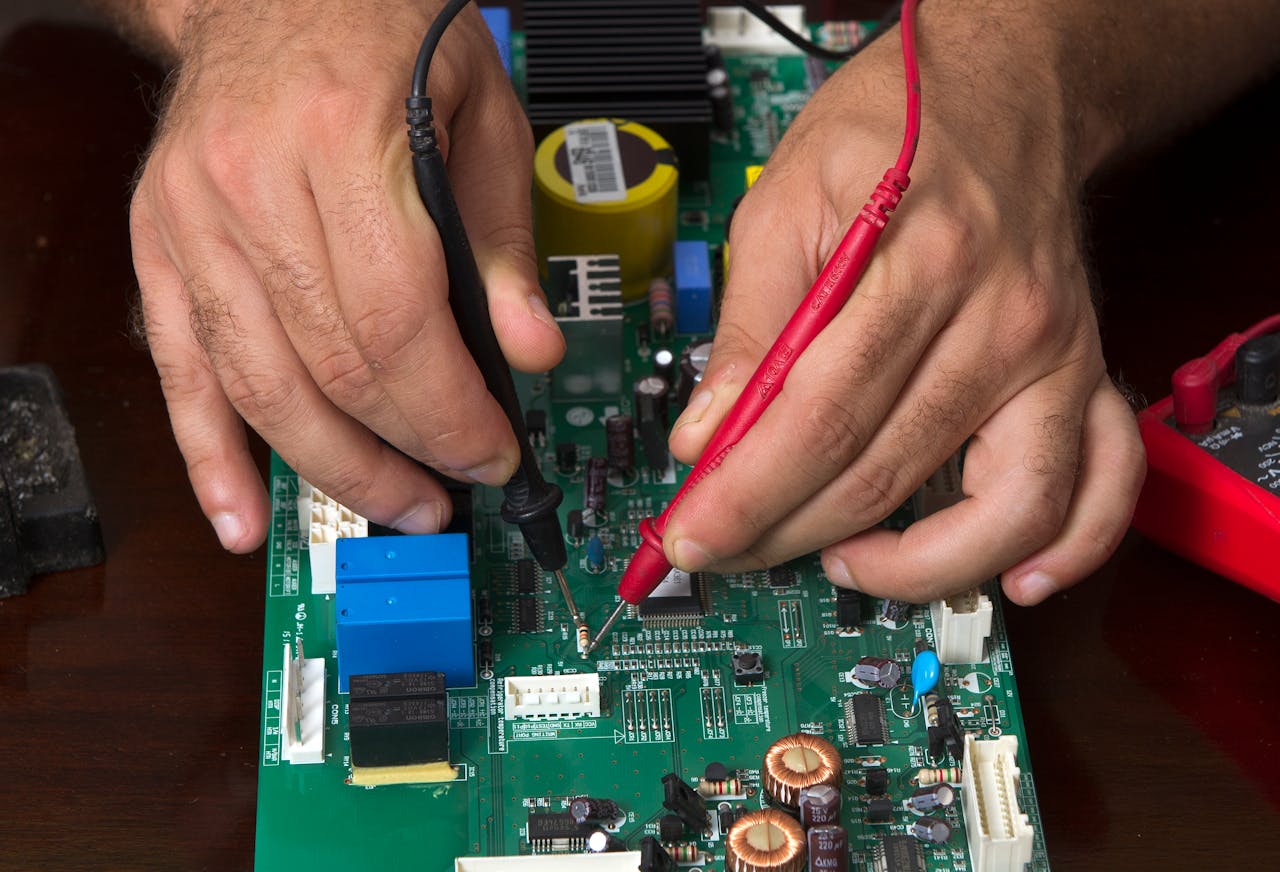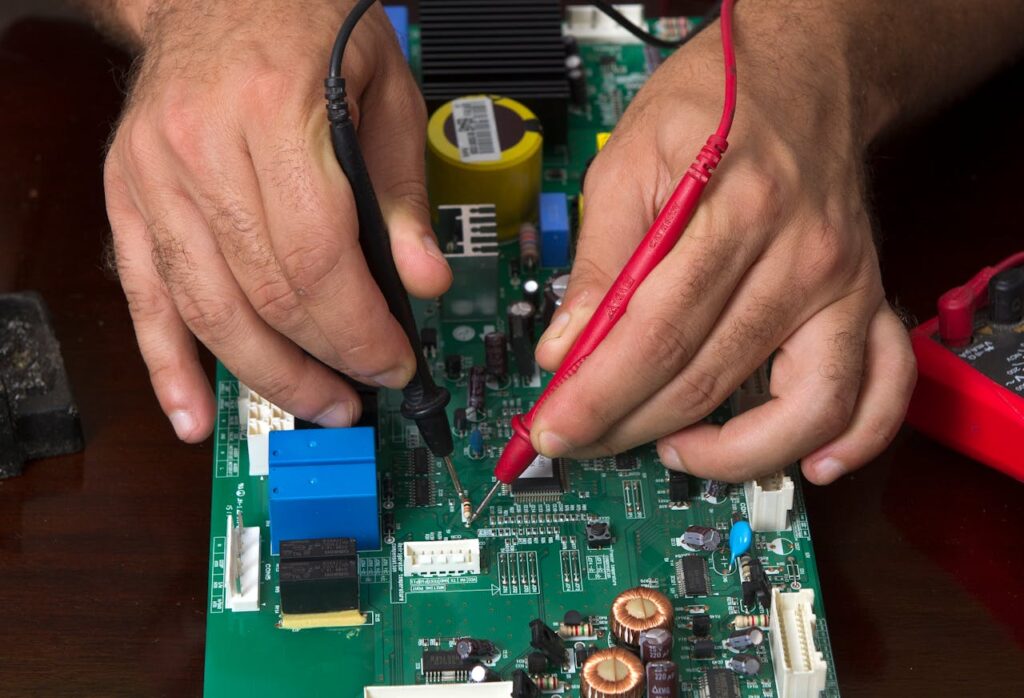
How To Start Electronics Repair Business
Starting an electronics repair business can be a rewarding venture, especially given the increasing reliance on electronic devices in our daily lives. This article will guide you through the essential steps to establish a successful electronics repair business, from initial planning to operational execution.

Understanding the Electronics Repair Market
Industry Overview
The electronics repair industry encompasses a wide range of services, including repairs for smartphones, laptops, tablets, and other consumer electronics. As technology evolves, so does the demand for skilled technicians who can address issues with these devices.
According to market research, the global demand for electronics repair services is expected to grow due to the rising number of electronic devices and the increasing trend of repairing rather than replacing them.
Market Research
Before launching your business, conduct thorough market research to understand your target audience and competition. Identify local competitors, their service offerings, pricing strategies, and customer reviews. This information will help you carve out a niche for your business and tailor your services to meet customer needs effectively.
Creating a Business Plan
A well-structured business plan is crucial for guiding your operations and securing funding. Your business plan should include:
- Executive Summary: A brief overview of your business concept.
- Company Description: Detailed information about your business structure, mission, and vision.
- Market Analysis: Insights into industry trends, target market demographics, and competitor analysis.
- Services Offered: A list of repair services you will provide, including pricing strategies.
- Marketing Strategy: Plans for promoting your business through online and offline channels.
- Financial Projections: Estimates of startup costs, revenue forecasts, and break-even analysis.
Legal Requirements
Business Structure
Decide on a legal structure for your business—options include sole proprietorship, partnership, or limited liability company (LLC). Each structure has different implications for liability and taxes.
Licensing and Permits
In many regions, you will need specific licenses to operate legally as an electronics repair technician. For example, in the U.S., an Electronics Repair License may be required, which typically involves a fee and periodic renewals.
Additionally, consider obtaining liability insurance to protect against potential claims from dissatisfied customers or accidental damages during repairs.
Setting Up Your Business
Location
Choose a suitable location for your repair shop. If you plan to operate from home or a mobile setup, ensure that you have adequate space and resources for repairs. If opting for a storefront, consider foot traffic and accessibility for customers.
Tools and Equipment
Invest in high-quality tools necessary for electronics repairs. Essential tools include:
- Screwdrivers
- Soldering irons
- Multimeters
- Oscilloscopes
- Diagnostic software
Having the right equipment is critical for performing efficient repairs and ensuring customer satisfaction.
Marketing Your Electronics Repair Business
Building an Online Presence
Create a professional website that showcases your services, pricing, contact information, and customer testimonials. Optimize your website for search engines (SEO) to attract local customers searching for repair services.
Social Media Engagement
Utilize social media platforms to connect with potential customers. Share tips on device maintenance, promote special offers and engage with your audience through comments and messages.
Local Advertising
Consider local advertising methods such as flyers, community bulletin boards, or partnerships with local businesses that can refer customers to you.
Providing Excellent Customer Service
Customer service is paramount in building a loyal client base. Ensure that you communicate clearly with customers about repair processes and costs. Follow up after repairs to ensure satisfaction and encourage feedback.
Financial Management
Budgeting
Keep track of all expenses related to running your business including rent (if applicable), utilities, tools purchase or maintenance costs, marketing expenses, and insurance premiums.
Pricing Strategy
Establish competitive pricing while ensuring profitability. Research competitor pricing in your area to set fair rates that reflect the quality of service you provide.
Expanding Your Business
As your business grows, consider expanding your service offerings or hiring additional technicians to handle increased demand. You might also explore partnerships with local businesses or schools that require consistent repair services.
Conclusion
Starting an electronics repair business requires careful planning and execution but can be highly rewarding given the ongoing demand for electronic device repairs.
By following these steps—conducting market research, creating a solid business plan, ensuring legal compliance, investing in quality tools, marketing effectively, providing excellent customer service, and managing finances wisely—you can establish a successful venture in this thriving industry.
By focusing on quality service and customer satisfaction while adapting to technological advancements in the industry, your electronics repair business can thrive in the competitive landscape ahead.







